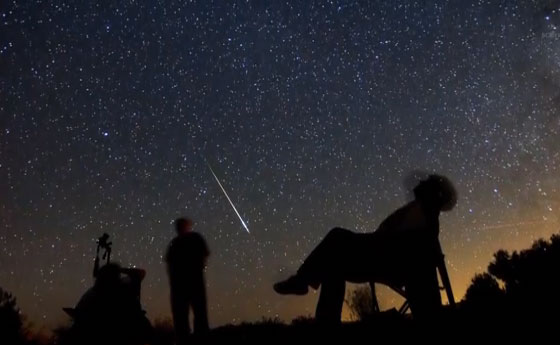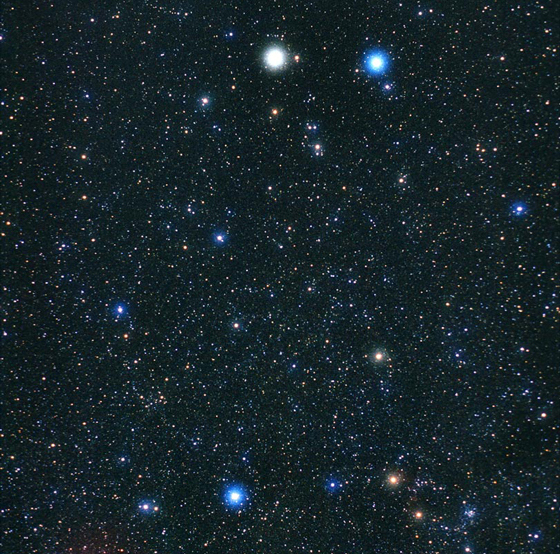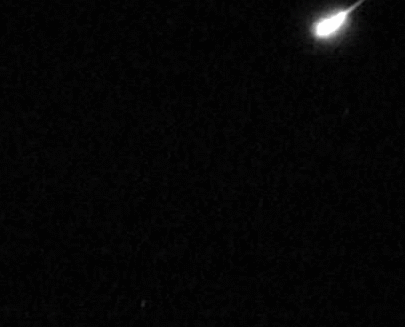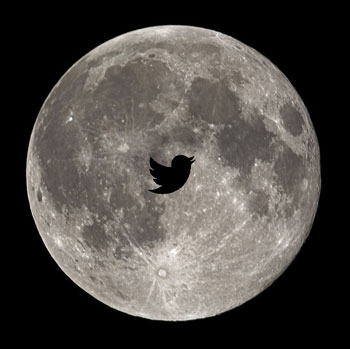The best display of shooting stars all year — the annual “Geminid meteor shower” — is going on now! Although the peak occurs over the evening of Saturday, December 14, a bright Moon will interfere with this year’s Geminids, meaning that only the brightest Geminid shooting stars will be visible. In this article we’ll discuss what a meteor shower is, how to view the shooting stars, and when to view them.

Meteor Showers 101

Shooting stars are meteors — small particles in space that quickly burn up in Earth’s atmosphere. Most meteor showers result from particles left over from comets that have visited our neck of the galactic woods. But the particles for the Geminid meteor shower (or “the Geminids” for short) are part of the debris trail left by an asteroid called “3200 Phaethon” as it orbits the Sun. Earth passes through this debris trail each December, resulting in the Geminids. It’s called the “Geminids” because the shooting stars in this meteor shower all appear to fly toward us from the constellation Gemini (the Twins).

How to view the meteor shower

So consider going outside under the night sky with your significant other, and make some wishes upon every shooting star you see! No telescope or binoculars needed: Just bring along a lawn chair or long towel on which to lie down. You might want to bring along some food and drink and, depending on where you live in the world, either some mosquito repellent or warm clothing. Then, just look up. Note that the Geminids put on quite a show in the northern hemisphere of Earth, but those of you in the southern hemisphere will likely see only a handful of shooting stars.
When to look for the Geminids
The absolute best time to view the meteors is at about 2 am local time, but you should see at least a few shooting stars throughout each night for the week or so before and after the December 14 peak (weather permitting, of course).
Clear skies to you!
Get our Moon Tweets!

Our Moon Tweets let you know when the Moon is in a Name A Star Live constellation.
Did you know you can use the Moon to identify where your star’s constellation is in the night sky? Follow us on Twitter where we let you know when the Moon appears in a Name A Star constellation (area of the night sky).
Name A Star Live offers some really good tools to learn about the night sky and find your star’s constellation. Visit our website to learn about our Virtual Planetarium software and planisphere constellation finder!